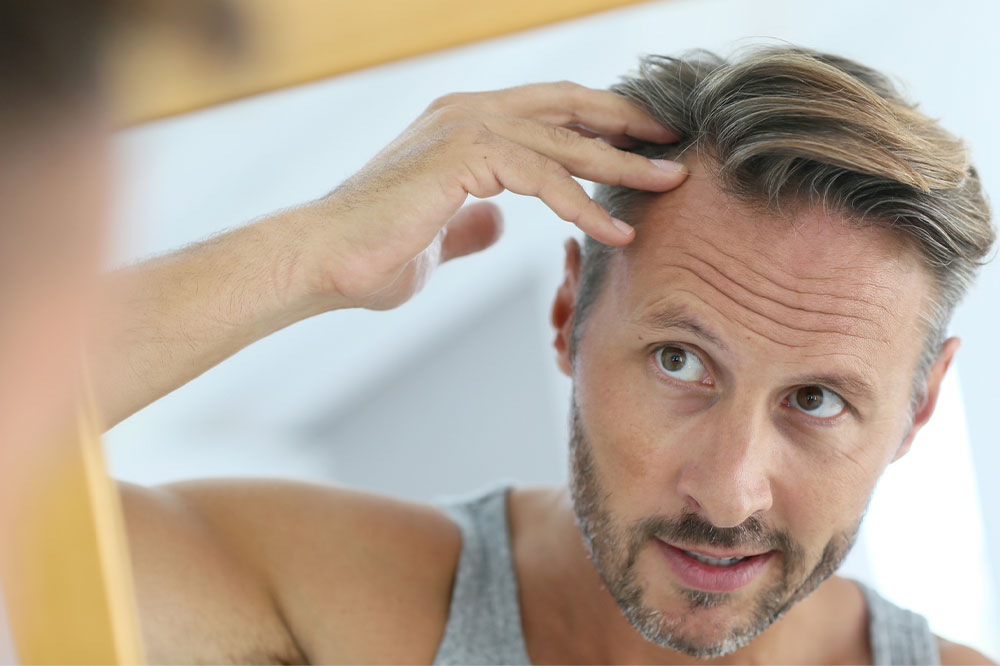7 Medical Conditions That Can Trigger Hair Loss

It is normal to lose fifty to one hundred hairs per day. This suggests that new hair is replacing the existing hair as the hair goes through its natural growth cycle. Alopecia, which is another name for hair loss, however, denotes a more serious health condition where a person loses more than a hundred strands every day. Here are several underlying diseases that may be the cause of the hair loss.
What are the indications of severe hair loss?
Hair loss caused by illnesses can appear in different ways. For some, the signs may appear suddenly, and for others, they may only be visible over a period.
Some general signs include:
Bald patches on the scalp
Broken hair
Redness or swelling on the scalp
Sudden thinning of hair
Loss of hair in the beard, eyebrows, or elsewhere in the body
Which diseases trigger hair loss?
Here are some health conditions that may trigger hair loss in some people:
Lupus
Lupus is an autoimmune condition in which one’s immune system cannot differentiate between the body’s healthy cells and the foreign bodies and begins attacking them.
Hair loss is one of the most common signs of lupus and occurs when the inflammation affects the scalp.







